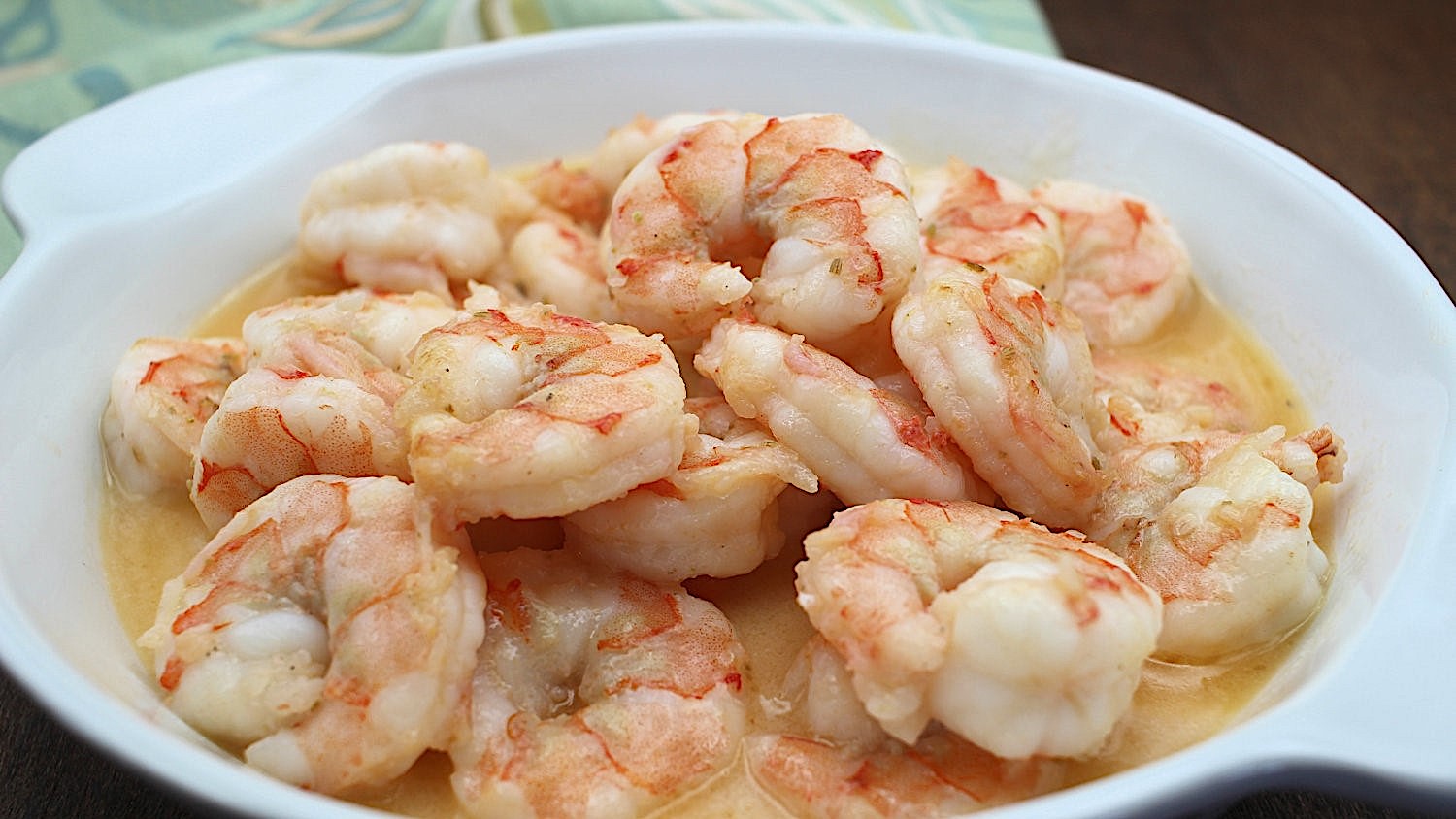How Do Plant-Based Seafood Substitutes Compare to the Real Thing?

A new study looked at protein, salt, and other nutritional ingredients in over 200 seafood products.
Research Need
Seafood substitutes are typically plant-based products designed to mimic the texture and nutritional properties of traditional seafood products. Plant-based diets have always been popular, but the trend is picking up steam around the U.S. and beyond. Consumers often elect to pursue plant-based diets for health benefits and environmental sustainability, as well as to sooth concerns about animal-based foods.
While the first seafood alternative was launched in 2002, the numbers and types of new products hitting the shelves has increased dramatically since 2014. The global market for meat alternatives, valued at $5.37 billion in 2021, is expected to reach $10.80 billion by 2028.
Despite the proliferation of new products, the nutritional quality of sea subsitutes is rarely studied or compared to the conventional seafood products that they mimic.
What did they study?
Investigators reviewed the Mintel Global New Product Database to search for seafood substitutes and conventional seafood products that launched between 2002 and 2021.
The goal was to compare the nutritional aspects of similarly marketed vegan, vegetarian, and conventional seafood products. For reference, “vegetarian” products claim to include no animal ingredients, while “vegan” products additionally claim to exclude dairy, eggs, honey, and all animal-derived ingredients; “conventional” products refer to animal-based seafood.
The team looked at eight food types: tuna, shrimps, calamari, fish fingers, fish sticks, salmon, fillets, and caviar. The researchers compared calories, total fat, saturated fatty-acids, salt, sugars, carbohydrates, and protein.
What did they find?
A total of 83 alternative products and 130 conventional products included the complete nutritional information required to make comparisons.
Tuna, shrimps, caviar, and fillet alternatives contained significantly less protein than conventional products. Calamari, fish fingers, fish sticks, and salmon alternatives had similar amounts of protein to their conventional counterparts.
Alternative tuna, fish fingers, and fish sticks all contained more salt than conventional products, while substitutes for shrimp, calamari, and caviar had less salt than conventional seafood.
What else did they find?
The investigators also summarized — but did not verify — the top claims on the packaging of seafood alternatives. About 20% of the substitutes claimed no, low, or reduced allergens; 13% claimed to be gluten-free.
In addition, 15% of seafood alternatives claimed to contain high or added protein, and 11% claimed no genetically modified organisms.
So what?
The investigators point out that these results are similar to plant-based dairy and meat alternatives when those substitutes are compared to their conventional counterparts.
Alternative seafood products have advantages and limitations from a nutritional perspective. Given the exploding market for seafood alternatives, more nutritional research is likely forthcoming.
For the sake of this seafood lover, hopefully future assessments will include taste tests comparing seafood substitutes to the real thing.
Reading
Fatma Boukid, Marie‑Christin Baune, Mohammed Gagaoua, and Massimo Castellari. 2022. Seafood alternatives: assessing the nutritional profile of products sold in the global market, European Food Research and Technology.
Summary by Scott Baker.
Lead photo by Vanda Lewis for Mariner’s Menu.
The text from Hook, Line & Science is available to reprint and republish, but only in its entirety and with this attribution: Hook, Line & Science, courtesy of Scott Baker and Sara Mirabilio, North Carolina Sea Grant. HookLineScience.com



